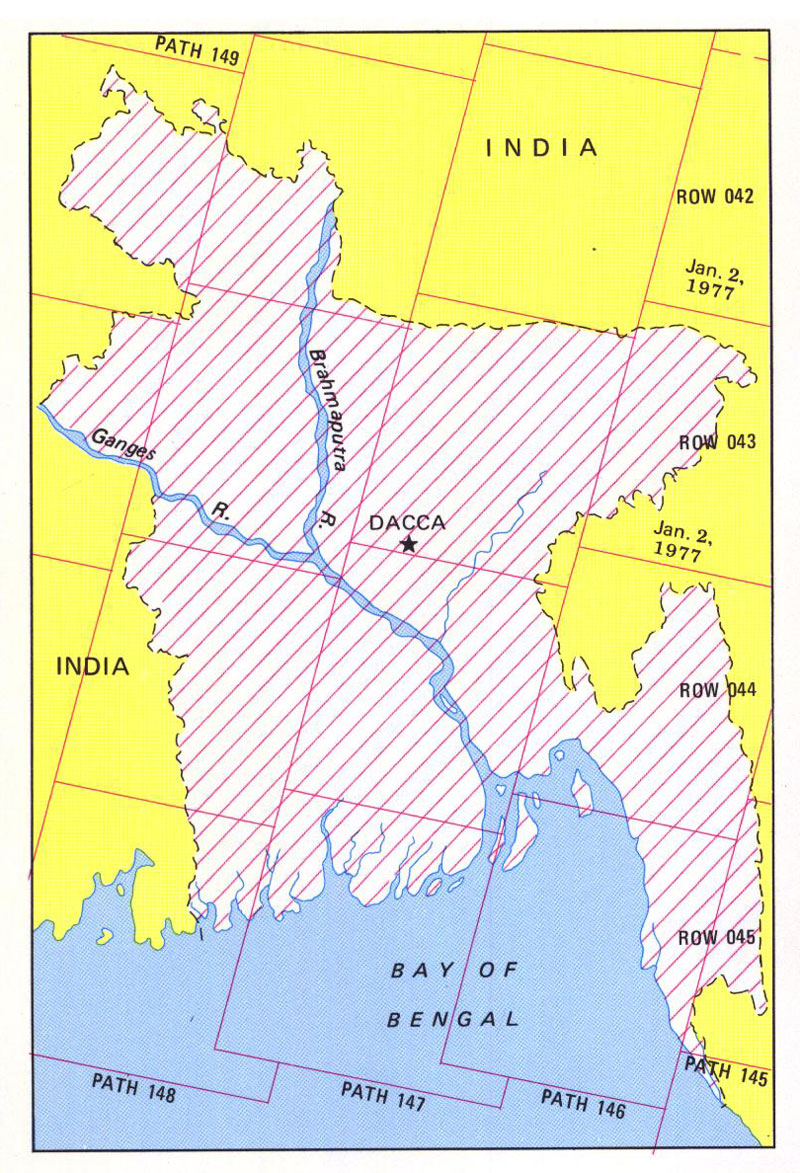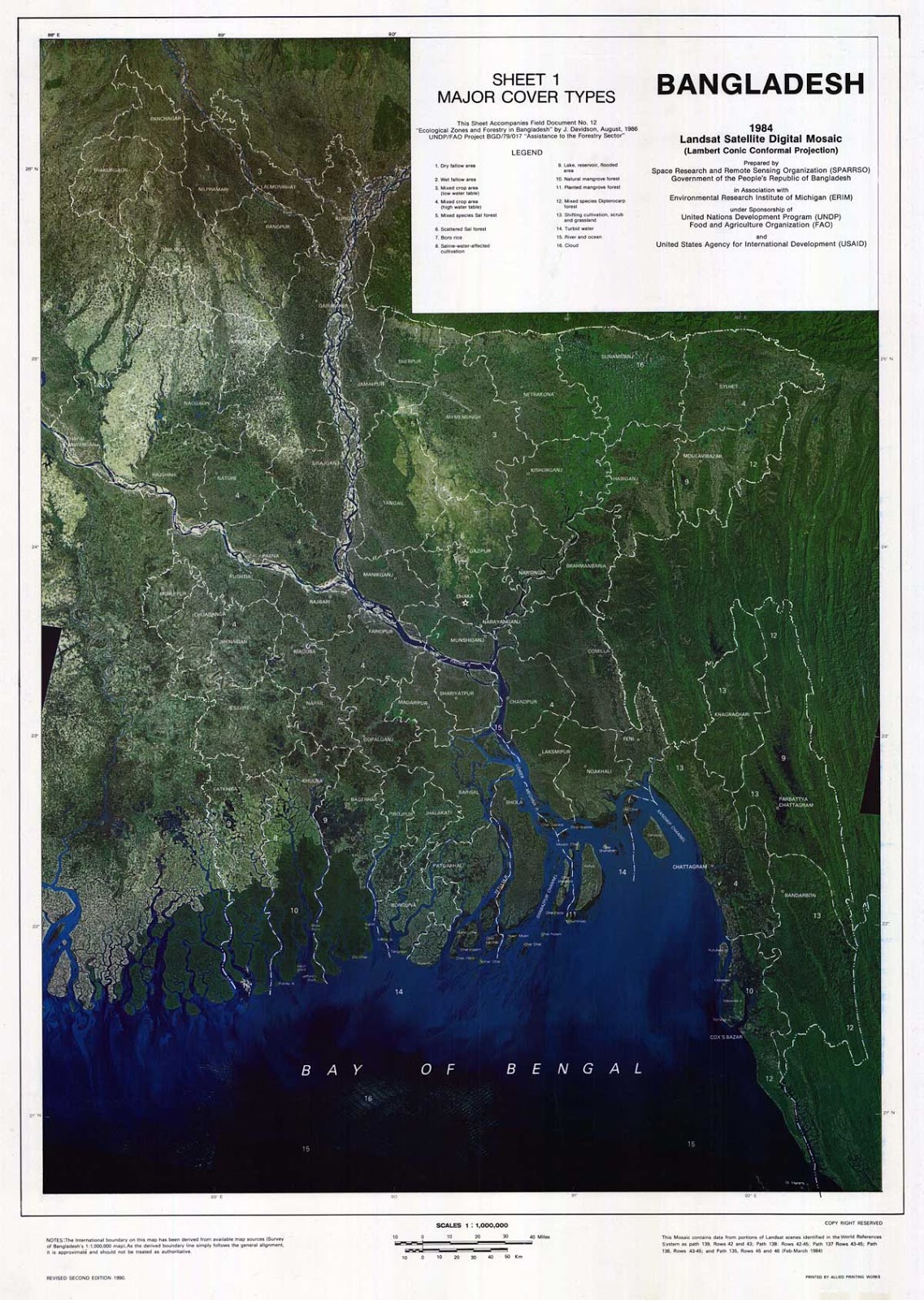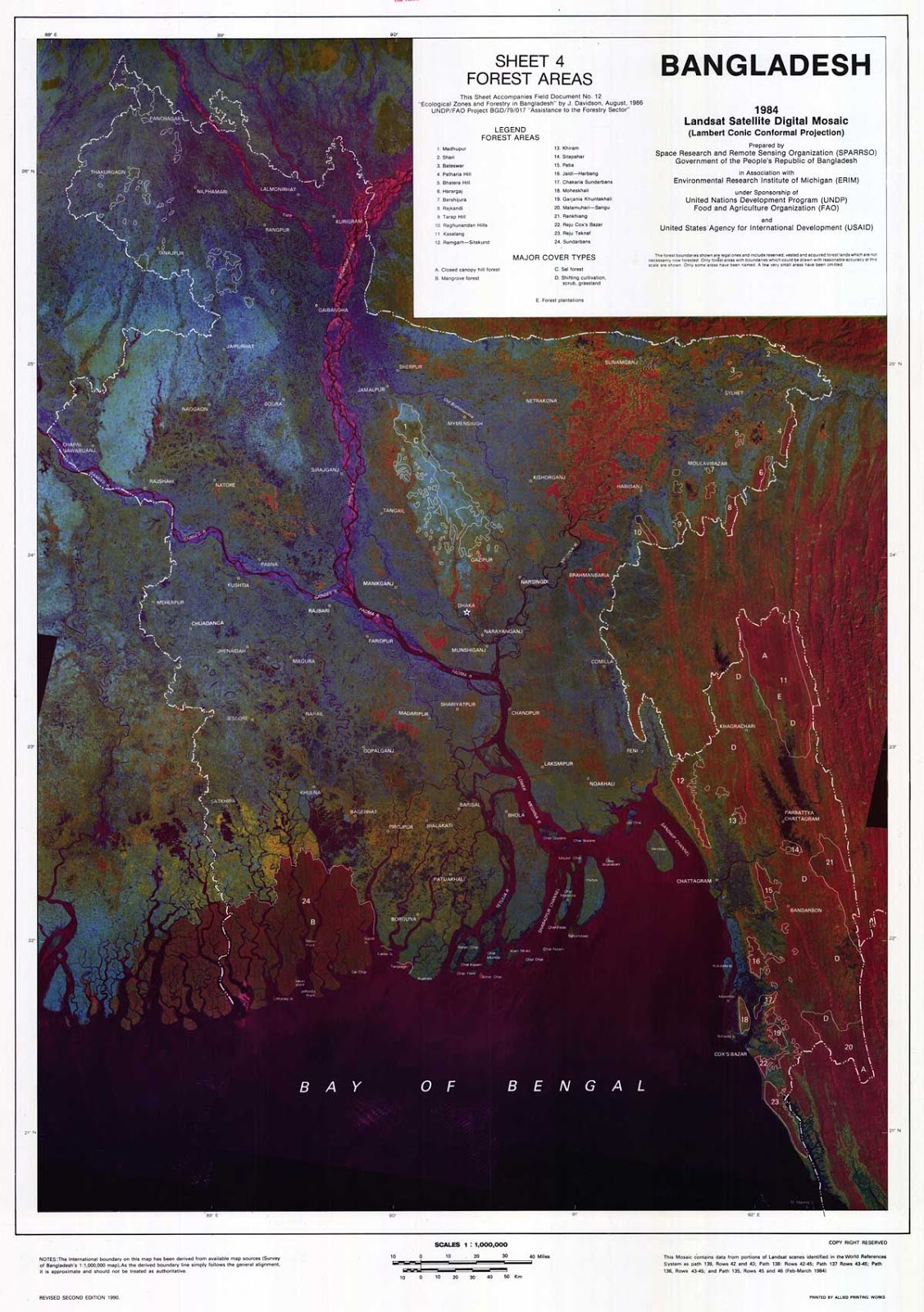Map-3
Landsat TM Image: Sheet 2 - Land Zones & Land Systems

Map Courtesy: http://eusoils.jrc.ec.europa.eu/
Info
Landsat sensors record reflected and emitted energy from Earth in various wavelengths of the electromagnetic spectrum. The electromagnetic spectrum includes all forms of radiated energy from tiny gamma rays and x-rays all the way to huge radio waves. The human eye is sensitive to the visible wavelenghs of this spectrum; we can see color, or reflected light, ranging from violet to red.
Today, Landsats 7 and 8 “see” and record blue, green, and red light in the visible spectrum as well as near-infrared, mid-infrared, and thermal-infrared light that human eyes cannot perceive (although we can feel the thermal-infrared as heat). Landsat records this information digitally and it is downlinked to ground stations, processed, and stored in a data archive.
It is this digital information that makes remotely sensed data invaluable. “Observations from Landsat are now used in almost every environmental discipline,” explains John Barker, a Landsat 7 Associate Project Scientist and award-wining calibration expert.
Landsat data have been used to monitor water quality, glacier recession, sea ice movement, invasive species encroachment, coral reef health, land use change, deforestation rates and population growth. Landsat has also helped to assess damage from natural disasters such as fires, floods, and tsunamis, and subsequently, plan disaster relief and flood control programs.
Source: Landsat Science




